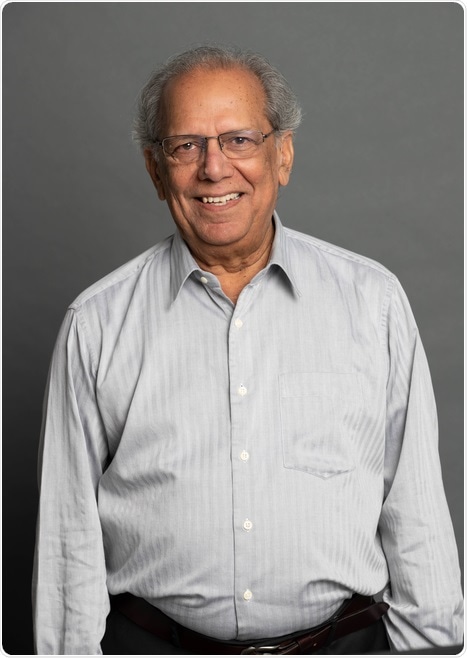The accomplishment of the ambitious goal of the Human Genome Project, mapping the entire human genome, made the impression that the world was disembarking an era of personalized medicine, where evidence from one’s own specific genetic material would provide the care.

McMaster University evolutionary biologist Rama Singh. Image Credit: McMaster University.
It occurred in 2003, and still, after a generation of that splendid collaborative achievement, the promise is awaiting materialization. For instance, even if a person carries a gene related to breast cancer, it is still not clear if the person will develop the disease.
A recent study by McMaster University evolutionary biologist Rama Singh proposed the reason as another hidden layer that controls how genes interact, and how the numerous billions of possible combinations create certain results. That layer is made of largely uncharted biochemical pathways controlling gene expression in cells through chemical reactions.
Once we knew the genes, we believed we knew all we needed to know, but we didn’t. Individual genes don’t tell the whole story. How they interact is the key. Single genes, typically, have very little quantitative impact on what characteristics are ultimately expressed.”
Rama Singh, Evolutionary Biologist, McMaster University
He adds, “We need to learn much more about the combinations that unlock disease—what is today called ‘missing heritability.' Knowing the genes without knowing the pathways is like knowing all the stoplights in a city without ever seeing how the streets are laid out.”
Decoding the ability of the genes to create an identifiable outcome like receding hair, brown eyes, or high cholesterol is a daunting scientific and mathematical challenge, particularly if looking only at the genes themselves, says Singh. However, acquiring a thorough knowledge of the pathways regulating their activity can significantly simplify the challenge and unleash the potential first disclosed by the success of the Human Genome Project.
Isolating genes on the chromosome is not going to add up to explain the presence of absence of disease. There is something in the biochemical pathway that right now we don’t know how to measure. We have always known that genetic and environmental variations determine physical outcomes, but there is a third component: pathway variation. Rather than simply counting individual genes, a pathway-based approach will take us much farther.”
Rama Singh, Evolutionary Biologist, McMaster University
The astonishing number of possible gene combinations includes all the genes in the human genome—comprising earlier versions encoded in every cell’s genetic history, Singh elucidates. An organism at any given time does not actively use all its genetic material; however, cells carry backup versions of their own evolution as a reservoir to tap when conditions change—a concept which Singh names “unnecessary complexity.”
The ability to access the earlier adaptations provides each organism some capacity to adapt and change within its environment, adds Singh. The biochemical pathways allow cells to take in from that memory when required.
It’s like having a chequing account and a savings account. We use our chequing account for everyday expenses, but we have a savings account to draw on if needed. Organisms have redundant genetic material to draw upon and help them survive when the environment changes.”
Rama Singh, Evolutionary Biologist, McMaster University
The current research published in The Journal of Molecular Evolution is part of Singh’s advancing effort to coordinate evolutionary biology and medical practice, an area of science which he considers to be rich with promise.
Source:
Journal reference:
Singh, R. S. (2021) Decoding ‘Unnecessary Complexity’: A Law of Complexity and a Concept of Hidden Variation Behind “Missing Heritability” in Precision Medicine. Journal of Molecular Evolution. doi.org/10.1007/s00239-021-10023-3.